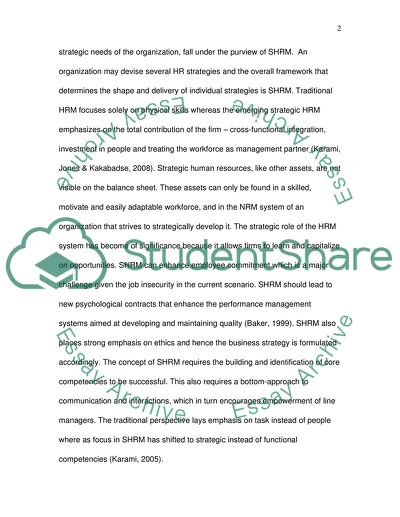Cite this document
(Concept and Definition of Human Resource Management Research Paper - 4, n.d.)
Concept and Definition of Human Resource Management Research Paper - 4. Retrieved from https://studentshare.org/human-resources/1731405-human-resource-management
Concept and Definition of Human Resource Management Research Paper - 4. Retrieved from https://studentshare.org/human-resources/1731405-human-resource-management
(Concept and Definition of Human Resource Management Research Paper - 4)
Concept and Definition of Human Resource Management Research Paper - 4. https://studentshare.org/human-resources/1731405-human-resource-management.
Concept and Definition of Human Resource Management Research Paper - 4. https://studentshare.org/human-resources/1731405-human-resource-management.
“Concept and Definition of Human Resource Management Research Paper - 4”, n.d. https://studentshare.org/human-resources/1731405-human-resource-management.


